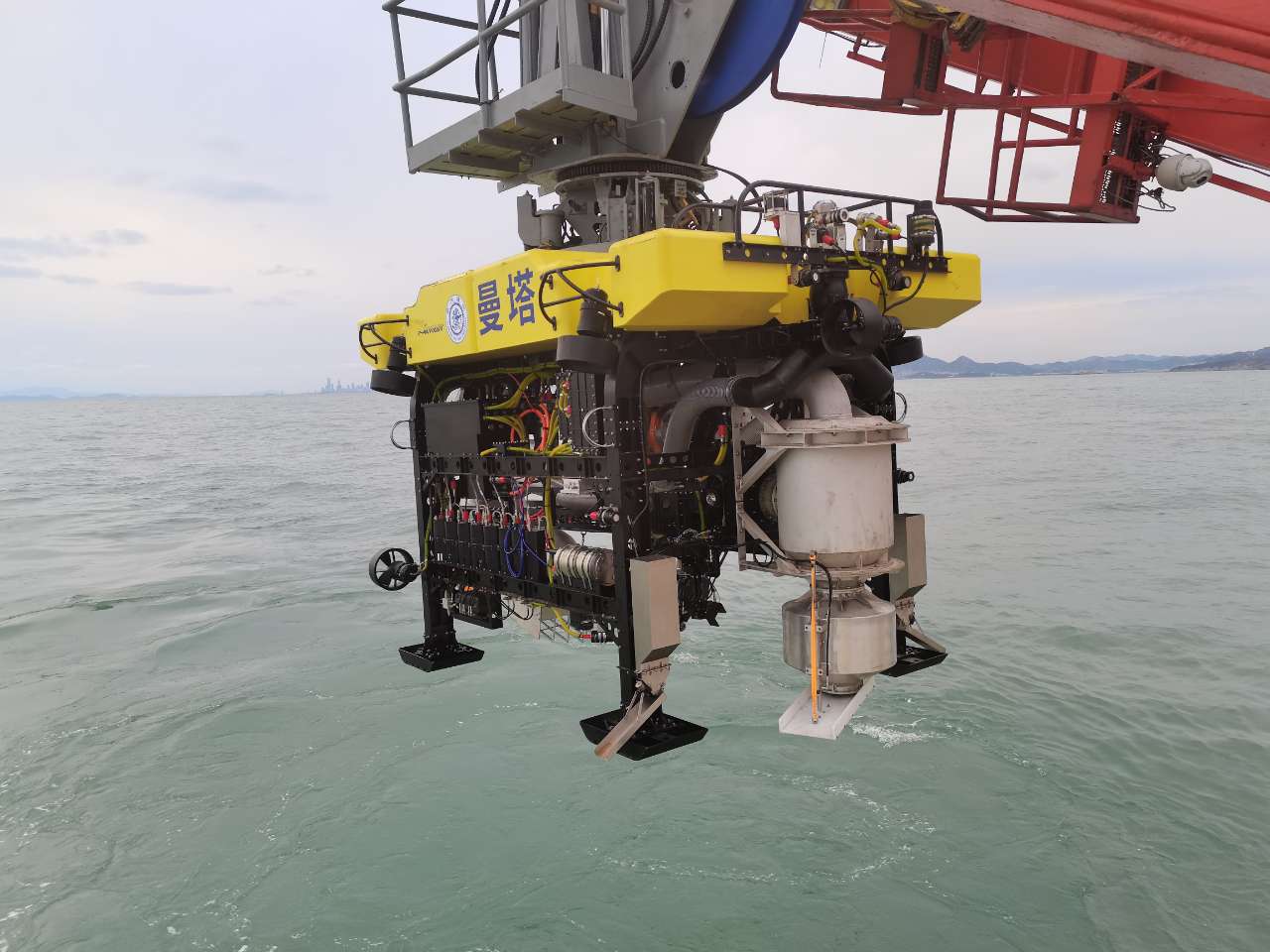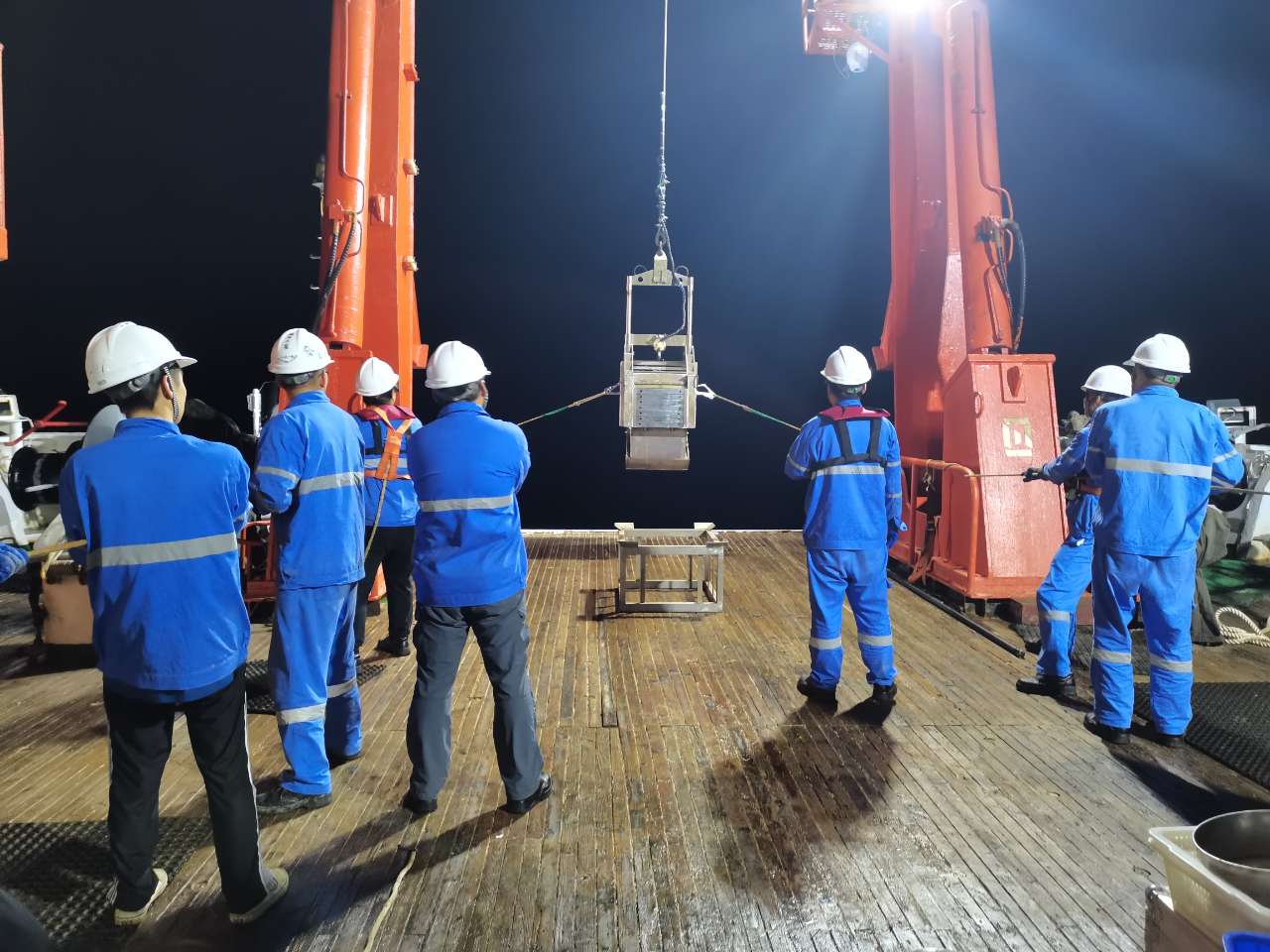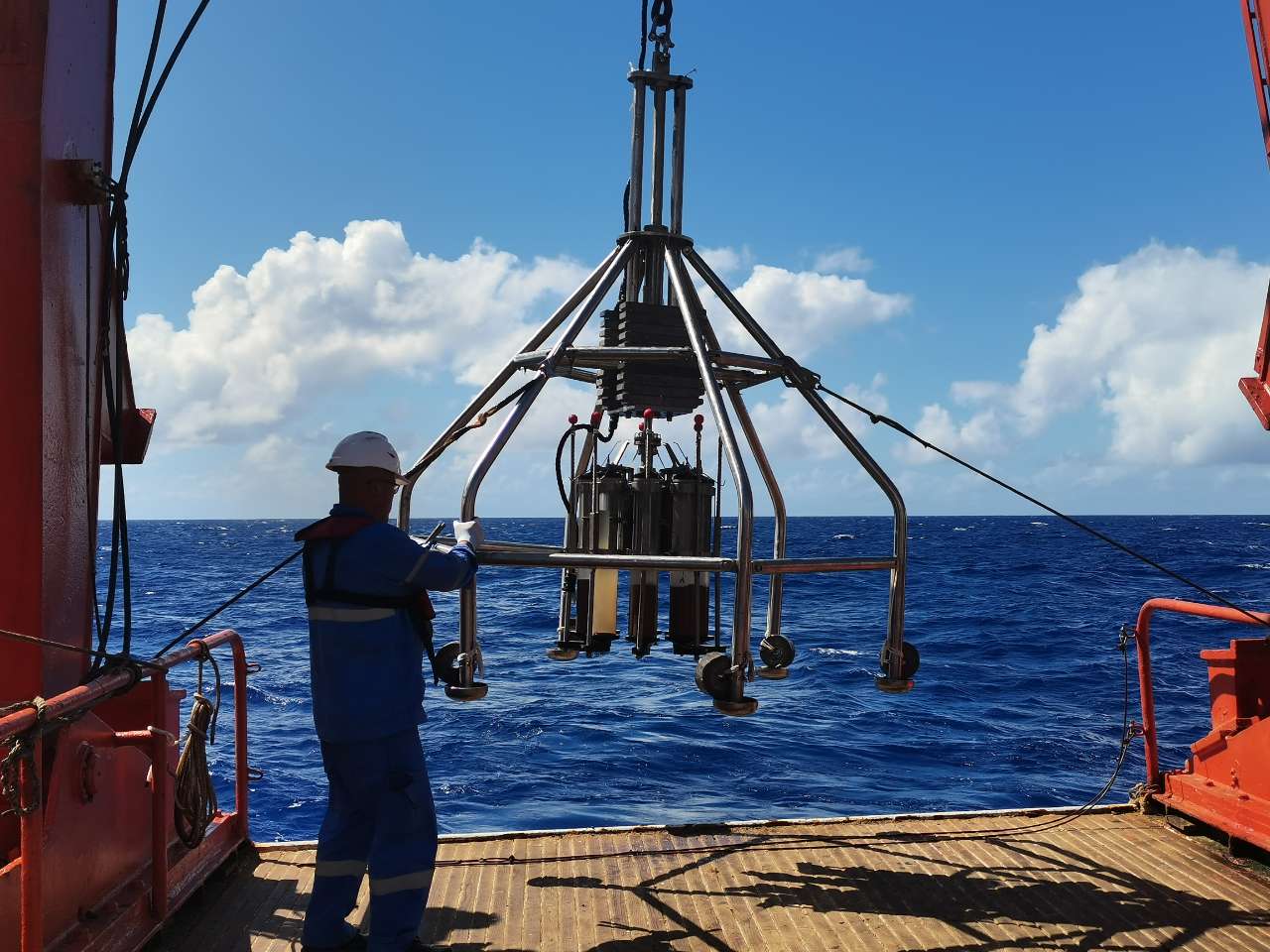News



On December 24, China Ocean 75th Voyage (the 2nd voyage of Beijing Pioneer), organized and implemented by the Second Institute of Oceanography (“SIO”), successfully completed the marine survey task. The voyage lasted for 4 months. Li Huaiming, a senior engineer of the SIO, served as the chief scientist. 10 scientific researchers from the Key Laboratory of Submarine Geosciences, the Key Laboratory of Marine Ecosystem Dynamics and the Ship Transportation Management Center participated in the field work, and 21 domestic scientific research and technical support units participated together.
During this voyage, the exploration and evaluation of polymetallic nodules resources in key blocks of the West Pacific mining area were carried out, multi-type baseline data of the environmental comprehensive station were collected, and the feasibility verification of “INSIGHT” AUV full-function test and “MANTA” floating traveling nodules sampling technology was also performed.
In the voyage, a total of 139 fixed-point operations and of 24 survey lines measurement were completed, and the nodule abundance, coverage rate, optical coverage rate and other parameters in the area were collected systematically, which preliminarily verified the two types of nodule deposits (piedmont type and plain type) proposed earlier, and provided theoretical support for the exploration of polymetallic nodule resources in the Western Pacific. Various types of environmental baseline data and samples were collected, including microorganisms, megalobenthos and meiobenthos, scavengers, landforms, sediment characteristics, etc.
Several test dives were performed for the “INSIGHT” AUV, and the full function test of the system at a water depth of 5000 meters was completed. It realized stable navigation and optical measurement of 5 meters near the bottom at a water depth of 5100 meters, and obtained the near-bottom high-definition photo data. Several underwater tests were carried out for “MANTA” and 34 groups of nodule sampling tests were completed, with the maximum test depth of 5600 meters. The test results show that “MANTA” has good adaptability to different bottom sediment environments and nodule types in the mining area, with high nodule collection efficiency and low sediment disturbance depth. This technology will provide a new technical idea for efficient exploration and green mining in the deep sea in the future.



